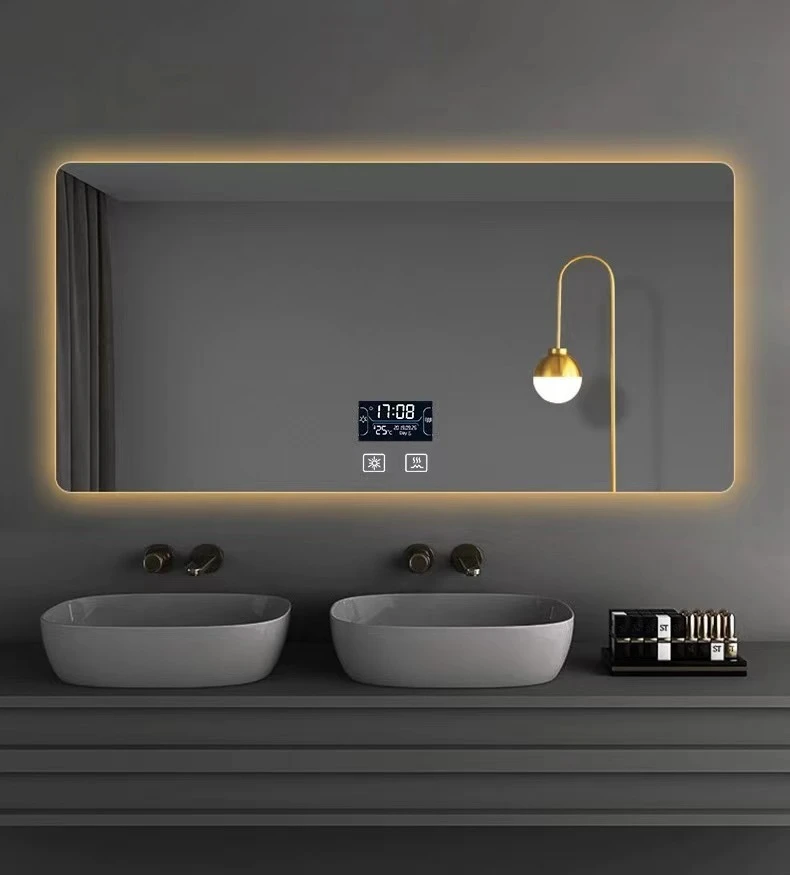

The Intricacies of One-Way Reflective Glass A Modern Marvel
In the realm of modern architecture and design, one-way reflective glass stands out as an innovative solution that marries functionality with aesthetics. Often employed in commercial buildings, residential properties, and even vehicles, this specialized glass serves a multifaceted purpose, combining privacy, energy efficiency, and visual appeal. Understanding its properties and applications offers insight into why it has become a popular choice in recent years.
One-way reflective glass, also known as mirrored glass, utilizes a unique coating that allows one side to reflect light while the other remains transparent. This characteristic is a result of a thin metallic layer applied to the surface of the glass. During the day, when light levels are higher outside than inside, the glass reflects much of the sunlight, creating a mirror-like effect on the exterior. This phenomenon not only ensures that those inside can see out without being easily seen from the outside, but it also helps to regulate indoor temperatures, reducing the need for excessive air conditioning.
The Intricacies of One-Way Reflective Glass A Modern Marvel
Energy efficiency is another significant advantage of one-way reflective glass. Buildings utilizing this type of glass can enjoy reduced energy costs, as it minimizes the solar heat gain in warmer months, managing temperature fluctuations effectively. This quality not only leads to lower utility bills but also aligns with the growing trend of sustainable architecture. By opting for this glass, builders and homeowners can decrease their carbon footprint, making a positive impact on the environment.

Furthermore, one-way reflective glass is available in various tints, allowing architects and designers to create striking visual effects while maintaining functionality. From silvery, reflective surfaces to more subtle shades, the aesthetic possibilities are vast. This versatility enables designers to integrate it seamlessly with various architectural styles, from sleek modern designs to more traditional structures.
However, it is essential to note that one-way reflective glass does have limitations. Its efficacy largely depends on the time of day and the balance of light between the interior and exterior spaces. At night, when interior lighting becomes more pronounced than the ambient light outside, the effect diminishes, and occupants may find themselves visible from the outside. Consequently, it is crucial to consider the context of installation and the time of day when relying solely on this type of glass for privacy.
Decorative applications of one-way reflective glass have also emerged, with artists and designers experimenting with its reflective properties to create unique installations. Used in art installations or modern decor, the glass can shift perceptions of space and light, transforming environments into immersive experiences. This artistic approach not only showcases the beauty of reflective glass but also highlights its potential to challenge conventional views of transparency and reflection.
In conclusion, one-way reflective glass is a remarkable achievement in glass technology that serves a multitude of functions while enhancing the aesthetics of any space. Its ability to provide privacy, energy efficiency, and design versatility makes it an invaluable asset in contemporary architecture. As society continues to prioritize sustainability and innovative design solutions, one-way reflective glass stands poised to play an increasingly significant role in shaping our environments. Whether in a towering skyscraper, an intimate home, or an artistic installation, this modern marvel offers endless possibilities, reflecting both light and imagination in fascinating ways.